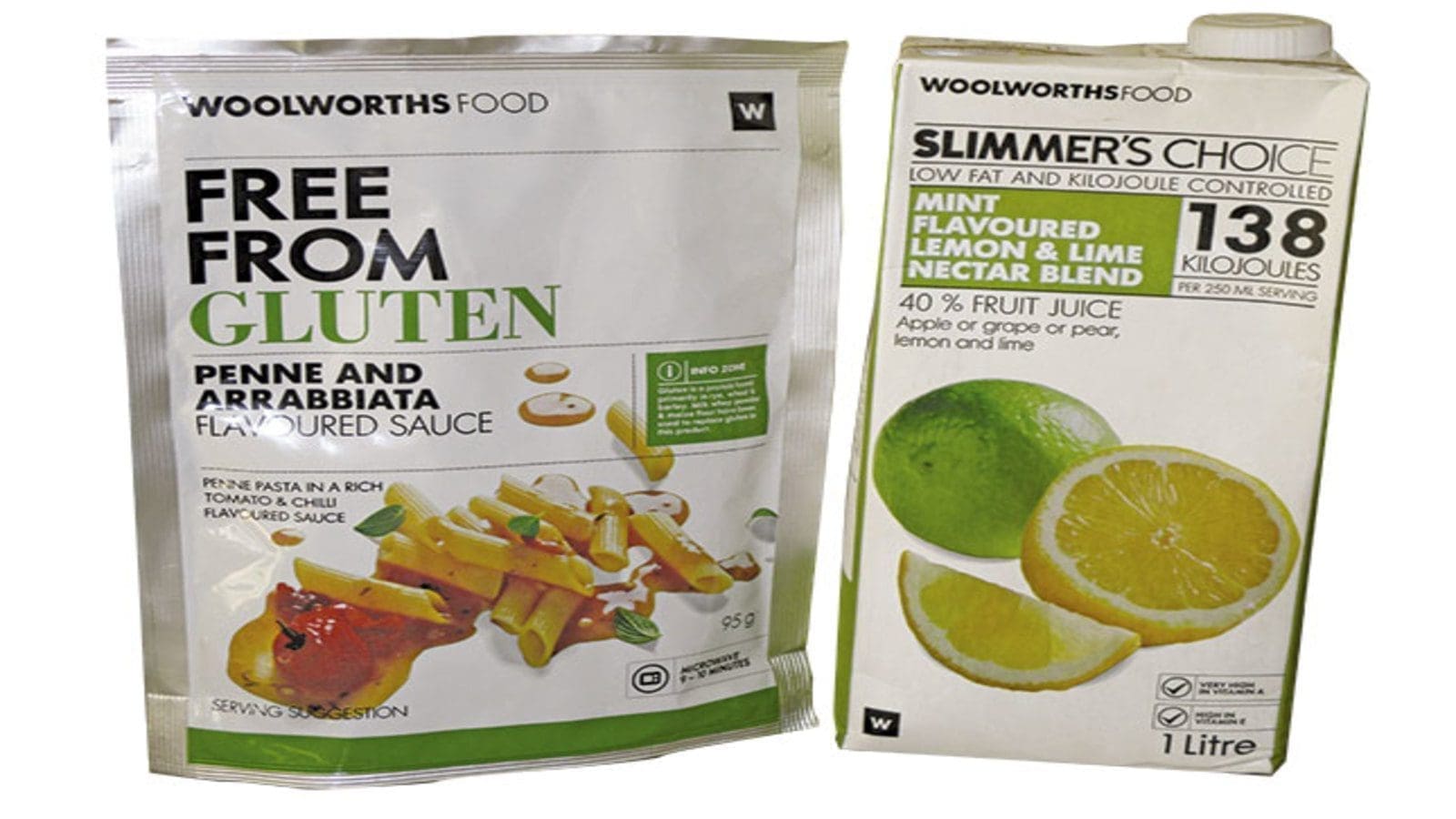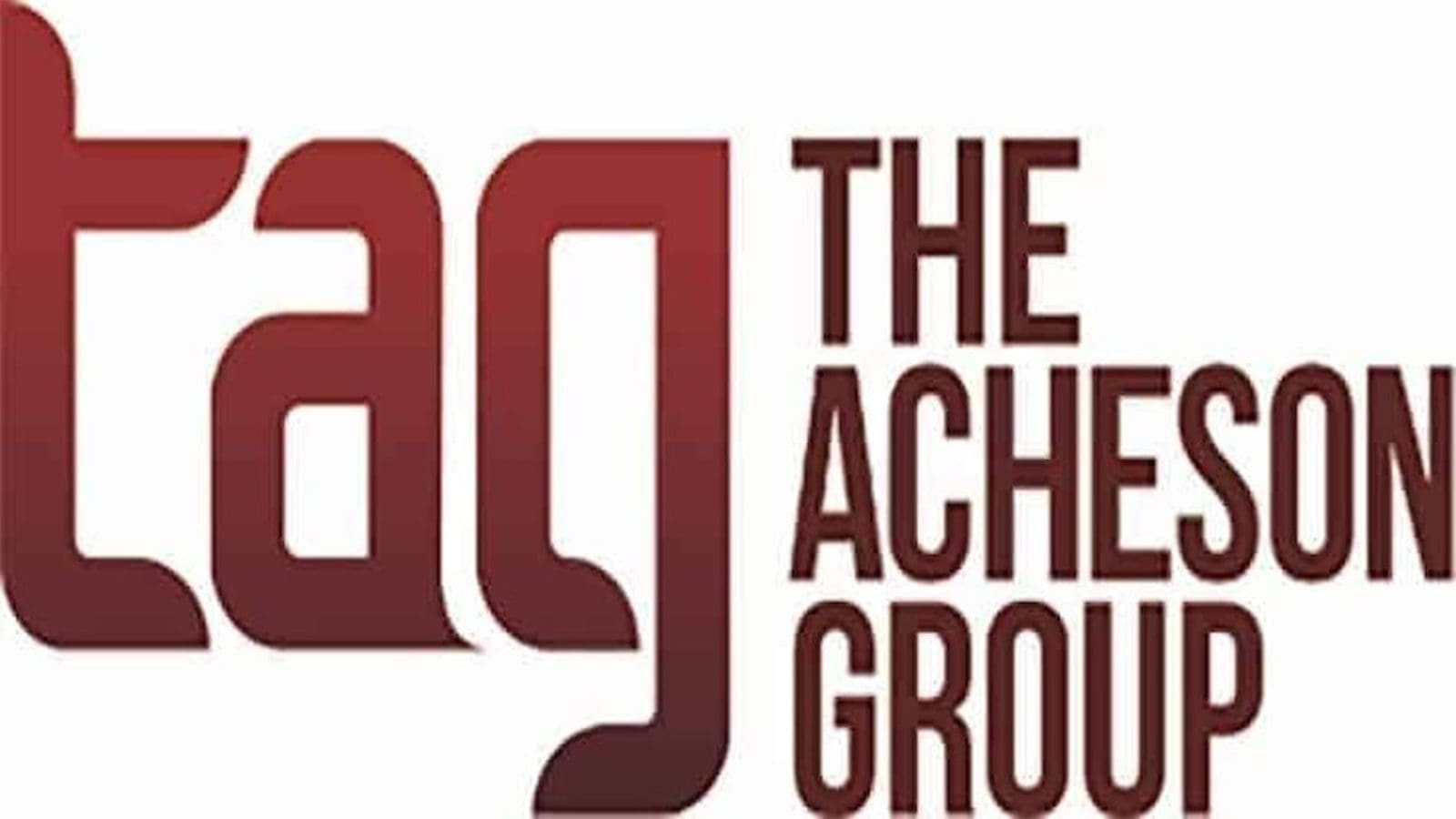U.S – The Food Testing Kits Market Forecast to 2028 – COVID-19 Impact and Global Analysis – by Sample, Technology, and Target, published by The Insight Partners, projects that the market will increase from U.S$ 20.73 billion in 2021 to U.S$ 34.14 billion by 2028, with an estimated CAGR of 7.4% from 2022 to 2028.
To ensure the quality and integrity of the food and beverage products, food safety authorities use spectrometers, alcohol analyzers, refractometers, and other testing tools.
The expansion of the food testing kits market is being accelerated by the growing need for pathogen testing kits at import and export ports to ensure the safety of foods and beverages.
Additionally, it is anticipated that consumer demand for food testing kits will be fueled by the rising occurrence of diarrhea, vomiting, and other foodborne illnesses brought on by ingesting contaminated food products.
The World Health Organization (WHO) has provided data showing that approximately 484,000 children globally died from diarrhea in 2019.
Moreover, the use of food testing kits by more seaports and railway infrastructure facilities for safer food and beverage trade activities is projected to raise the consumption rate of food testing kits globally.
One of the major market participants mentioned in the Food Testing Kits Market Study is Agilent Technologies, Inc. Other notable market participants include bioMérieux SA, Bio-Rad Laboratories, Inc., and EnviroLogix Inc.
During this research investigation, a number of other significant businesses were examined and evaluated to acquire a comprehensive perspective of the food testing kits market and its ecosystem.
The global market is divided into segments based on target, including into allergens, mycotoxins, pathogens, GMOs, meat species, and others.
Food poisoning concerns are becoming a growing concern for people nowadays.
The 31 recognizable foodborne disease agents are responsible for roughly 9.4 million illnesses each year in the US, according to data provided by the Centers for Disease Control and Prevention (CDC).
These factors are projected to boost demand for food testing purpose pathogen scanning kits and fuel the pathogens market’s expansion.
Due to global lockdown restrictions connected to COVID-19, businesses have trouble managing their supply chains for food testing kits, says the study.
Additionally, the closure of food courts and retail food stores as a result of these limitations has had an impact on the market expansion during the epidemic, as reported by Newswires.
Based on sample, due to the ongoing requirements of food safety authorities to inspect ready-to-eat meat products, the segment of meat, poultry, and seafood goods holds a significant market share.
Furthermore, the substantial presence of facilities for the import and export of poultry and seafood products in several nations—which call for seafood testing kits—is anticipated to support segmental growth during the projection period.
Technological and regional segmentation
The global market for food testing kits is also segmented according to technology into PCR-based, immunoassay-based, enzyme substrate-based, and others.
Because they are more accurate and cost-effective than other technology-based equipment, immunoassay-based food testing kits are being used by food safety authorities more frequently.
Additionally, users of immunoassay-based testing kits can create several samples that can be examined concurrently, cutting down on the average analytical time.
These elements are promoting the immunoassay-based segment’s expansion.
With a 29% market share in 2021, North America dominated the market for food testing kits from a regional standpoint.
The dominance can be attributed to the robust presence of import/export port facilities and retailing stores related to the food and beverage products requiring testing equipment in the U.S.
As of 2021, there were 36,286 food and beverage retailing outlets in Canada, according to data provided by the Department of Statistics, Government of Canada.
Furthermore, the region’s product demand would benefit from stricter government rules in the U.S and Canada regarding the integrity and quality of food items.
For all the latest food safety news from Africa and the World, subscribe to our NEWSLETTER, follow us on Twitter and LinkedIn, like us on Facebook and subscribe to our YouTube channel.








